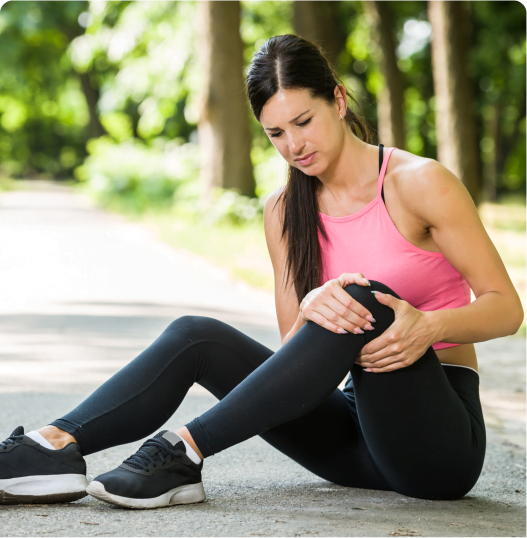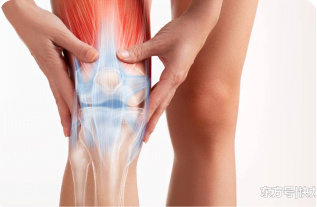Hormonal Imbalance in Women
They say that women are full of hormones – yes, we all agree. As women may typically make jokes about it from time to time, women accept the fact that indeed, hormones are a part of their daily lives. It is indeed a woman’s thing and something that defines how natural it is to feel like a real woman. From the age of puberty to the perfect time when they can conceive a child, until the years approaching to menopause, hormonal imbalances are a lot more common in women than men. The two main female hormones, estrogen and progesterone, ignite everything and everywhere inside a woman’s body, and both are in full control of the primary and secondary sexual characteristics of a woman. These female hormones produced by the ovaries work hand in hand to embody a woman’s reproductive and sexual function. Nevertheless, women also possess testosterone running through their bloodstream, but this hormone, which is more dominant in men, must be always kept at bay. The equilibrium of the female and male hormones should be maintained stable for women to avoid any unwanted rage of symptoms as they get older. The median menopausal age in the US is 51 years old, and approximately up to 5% of women could develop the warning signs of early menopause in their 30s and 40s.

Causes of Hormonal Imbalance in Women
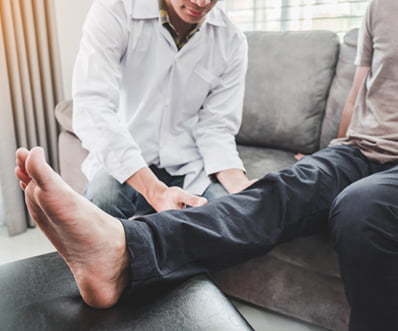
Menopause
Menopause is a natural transition in a life of an adult woman in their 40s and above. The two female hormones, estrogen and progesterone, acting to display her primary and secondary sexual traits, undergo their continued phase of decline. This, in turn, results in a series of overwhelming changes in her body, mainly the cessation of her menstrual cycles – taking a major toll on her desired quality of life for the years of life ahead. Imbalance in sex hormones apparently brings about dreadful symptoms of hot flashes, mood swings, weight gain, along with typical complaints of sleep difficulties, headaches, night sweats, and chills. Women may feel overly conscious about how they notice deeply disturbing physical changes such as their skin losing elasticity, hair getting thin, breasts lacking fullness, and vagina being dry and with a lot of pain and discomfort, together with having a decreased libido or interest in sex, which may lead to a bigger picture of a woman with sexual dysfunction. During this critical period in their lives, they are also at an increased risk of developing cardiovascular disorders, diabetes mellitus, and dementia secondary to this imbalance in sex hormones. Their bones will tend to become brittle and weak, and they may suffer from constant urinary tract infection and incontinence
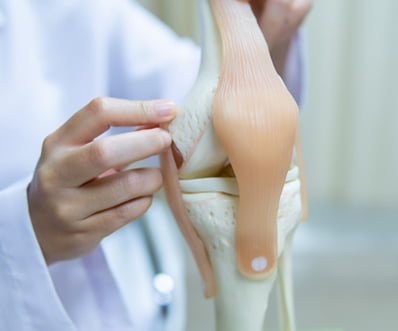
Polycystic Ovary Syndrome (PCOS)
Polycystic ovary syndrome (PCOS) is one of the most common reproductive health conditions in women of childbearing potential. A woman with PCOS, literally, has several fluid-filled sacs or “cysts” in her ovaries secondary to the shifting levels of hormones. The more the female hormones (estrogen and progesterone) decline, the more the male hormone (testosterone) propels to disrupt the equilibrium in her system. More common in women who are overweight or obese, PCOS causes unpredictable, irregular menstrual periods coupled with fertility issues in the future.
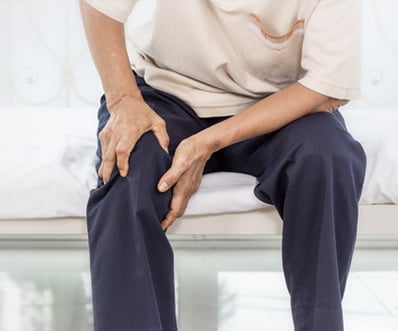
Primary Ovarian Insufficiency (POI)
Primary ovarian insufficiency (POI) is a condition wherein the ovaries no longer produce estrogen. Also called as early or premature menopause, a woman diagnosed with POI may face serious fertility problems as the normal function of her ovaries stops, usually before the age of 40.
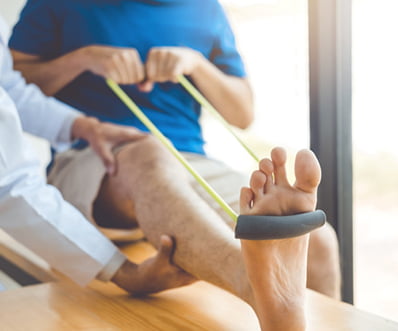
Ovarian Cancer
As one of the most common gynecologic cancers, ovarian cancer is an age-related condition attributed to a woman’s body being overly stimulated by hormones, especially estrogen. The risk increases with aging, together with her family history, and doubles in women who have not conceived a child, as her body enjoys a period of “ovulation rest” during pregnancy.
Symptoms of Hormonal Imbalance in Women
- stopped)
- Thinning, dryness, and inflammation of the vagina (vaginal atrophy)
- Pain and discomfort during intercourse
- Reduced sex drive (libido)
- Loss of breast fullness
- Hair loss or thinning
- Dry or rough skin
- Excessive hair distribution on the face, chin, or other body parts (hirsutism)
- Facial and body acne
- Darkening of the skin along the neck, groin, and underneath the breasts (hyperpigmentation)
- Skin tags
- Hot flashes
- Night sweats
- Chills
- Headaches
- Sleep difficulties
- Mood swings
- Weight gain
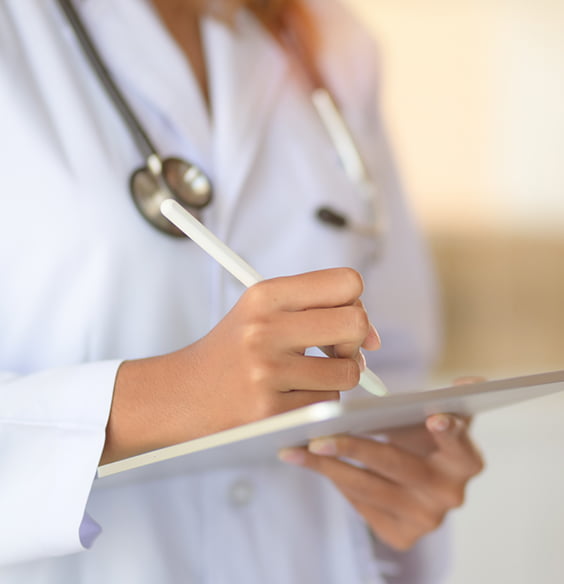
Bioidentical Hormone Replacement Therapy (BHRT) for Women
Every woman lives through the dreadful signs and symptoms of hormonal imbalance, braving it all out throughout their lives. As hormones define everything in them to become a full-grown woman, a dramatic change in the levels of hormones may occur during their childbearing years up to the time of significant decline as they reach menopause. Women may go through a series of overwhelming signs and symptoms as they get older, putting a heavy burden on their well-being. As aging runs its course, a whirlwind of changes starts to occur in their skin, hair, bones, and private areas, not to exclude their menstrual periods and sex drive, mood, and weight. These changes can be explained by how estrogen and progesterone gradually diminish, while the male hormone testosterone rises.
An optimal solution to women’s major concerns with hormonal imbalance, bioidentical hormone replacement therapy (BHRT) intends to correct this condition by using mostly plant-derived, man made hormones that are of similar chemical structure to the body’s estrogen and progesterone. BHRT uses a natural approach of supplying these female hormones to the target organs and tissues. Women who choose our providers are treated with BHRT in the form of subcutaneous/subdermal pellets. These tiny implants will time-release the hormones just when you need it and help you regain the balance with testosterone. These pellets are implanted under your skin and contain low-dose estrogen (estradiol) for a period of 3-6 months. BHRT is known as a safer and more effective delivery system compared to its synthetic counterpart, helping women of all ages achieve a better quality of life as years go by. There is a low risk of developing serious health consequences or life-threatening complications with BHRT, a deciding factor over every standard conservative treatment.
If not deemed to be a good candidate for pellet-based therapy, your physician could recommend alternative modalities of delivery.
